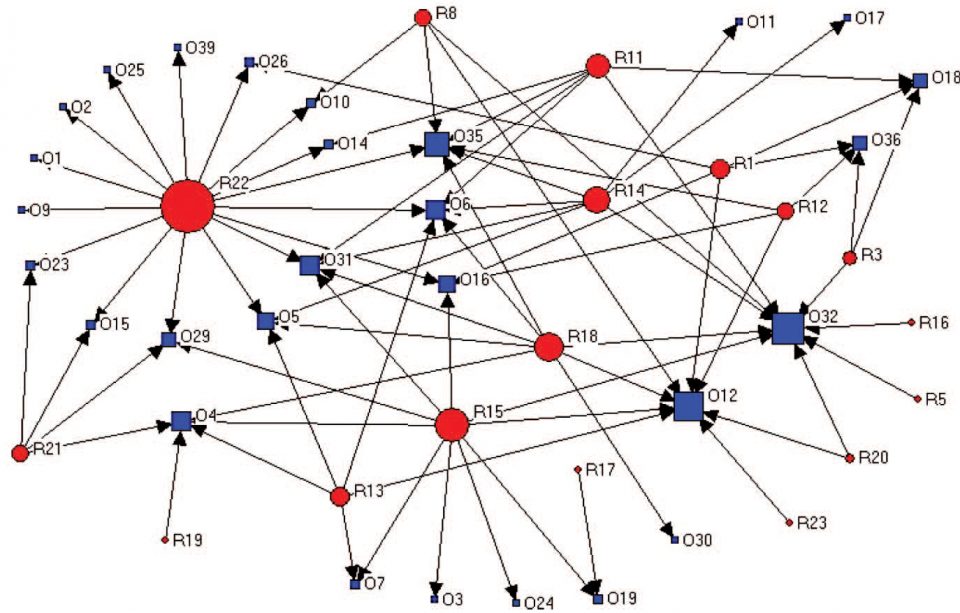Abstract
This article demonstrates how network analysis can be used to develop a better understanding of a community-based network and steps that might be taken to facilitate network development. The focal network in this study was organized by a local non-profit organization as part of their effort to effect community-level change. The activities of this network were guided by three steering committees, 23 members of which provided data regarding numerous aspects of their relationships with a set of 39 organizations. We first provide descriptive information regarding patterns of relationships among network participants at both the committee and whole-network level. We then summarize results of hierarchical linear modeling and analysis of variance analyses that clarify how data generated through network analysis can be incorporated into these traditional analytic procedures to yield additional insights regarding network properties. The article concludes with a discussion of the implications of these findings for the continued development of this community-based network, as well as implications for others interested in using network analysis to facilitate change in their own communities.
Co-Authored with Peter J. Robertson, LaVonna B. Lewis, Lark Galloway-Gilliam & Jonathan Nomachi.
This is an Author’s Accepted Manuscript of an article published in the Journal of the Community Development Society, May 2012. Copyright Taylor & Francis. The Article of Record is available online here.
